2024 NASA Space Apps Challenge
Beyond Sunlight: An Aquatic Chemosynthetic World
Create your own ocean world
Ocean worlds are celestial bodies with significant amounts of water, often in the form of vast oceans beneath icy crusts. Earth itself is known as an ocean world, with its surface covered by about 71% water. Beyond Earth, other ocean worlds include moons like Europa and Enceladus, which have subsurface oceans beneath their icy surfaces. And several exoplanets discovered in the last 20 years exhibit characteristics such as lower densities, which suggest they are composed largely of water or other volatiles.
The possibility of life on ocean worlds sparks immense curiosity, particularly because Earth’s oceans have been crucial in the development and sustenance of life, regulating climate and supporting diverse ecosystems. Additionally, these worlds might not adhere to the traditional definition of a habitable zone around a star, where a planet’s surface receives just enough energy to retain liquid water. Instead, ocean worlds could harbor life in subsurface oceans, heated by internal geological activity, expanding the potential habitats for life beyond the conventional boundaries.
That makes us think of a few questions:
- In what part of the star system is the ocean world located?
- Is an atmosphere present in this world?
- What are surface temperatures like?
- What depth do the oceans reach?
- What can be said about the geological activity?
Ocean Worlds Creator

Whispering
Abyss
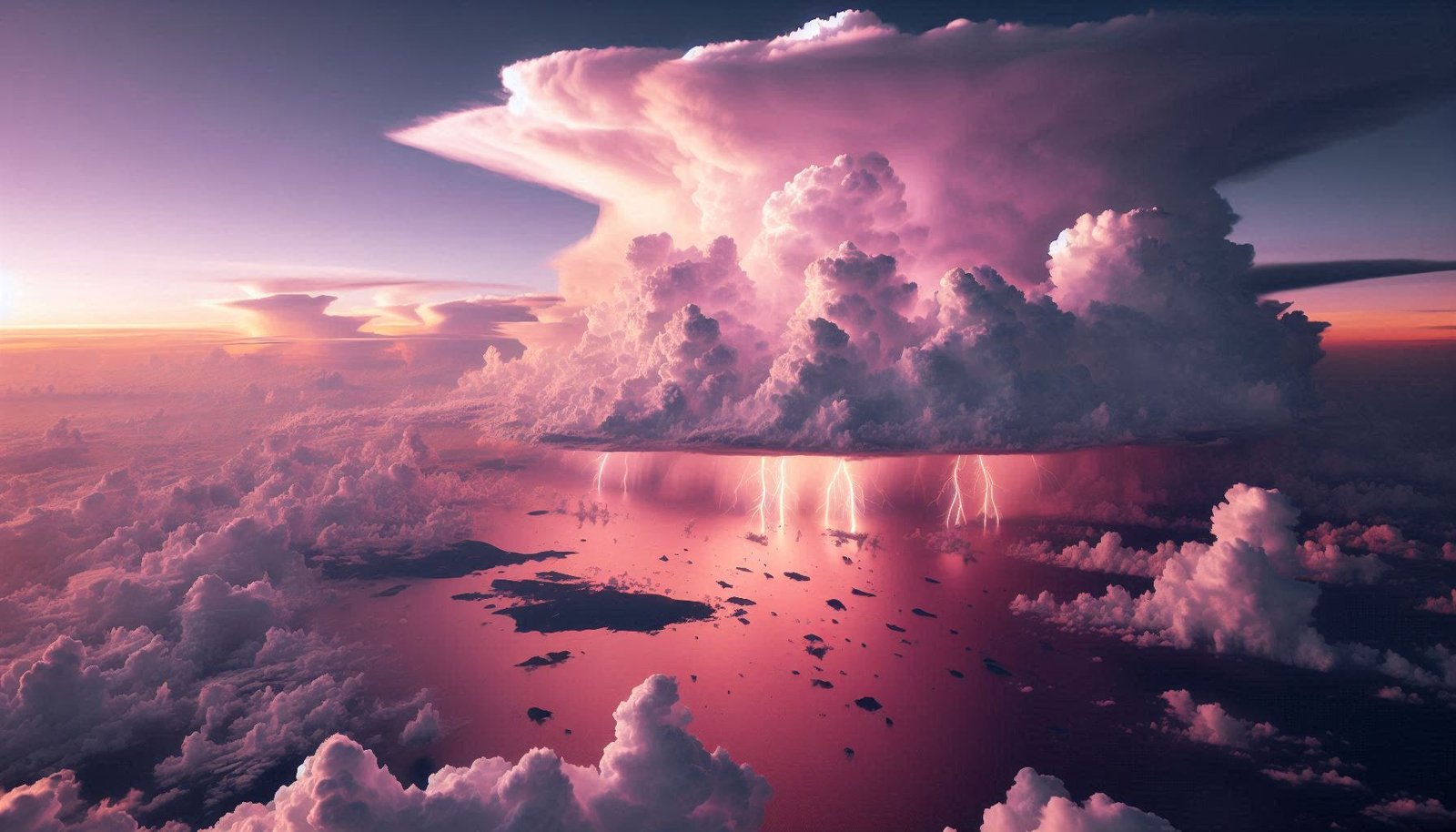
Aqualis
Inferno

Abyssal
Realms
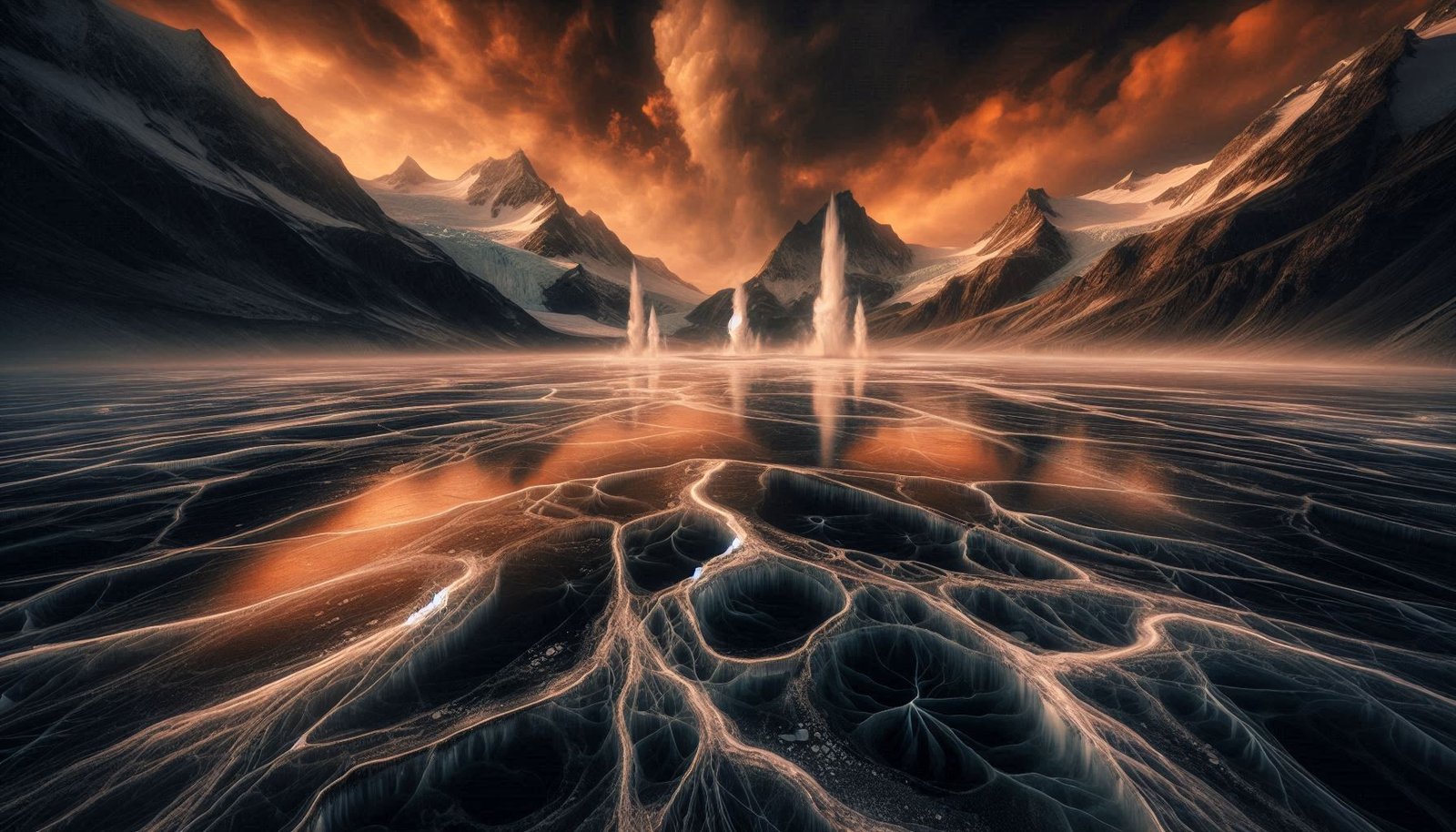
Serenity
Shores
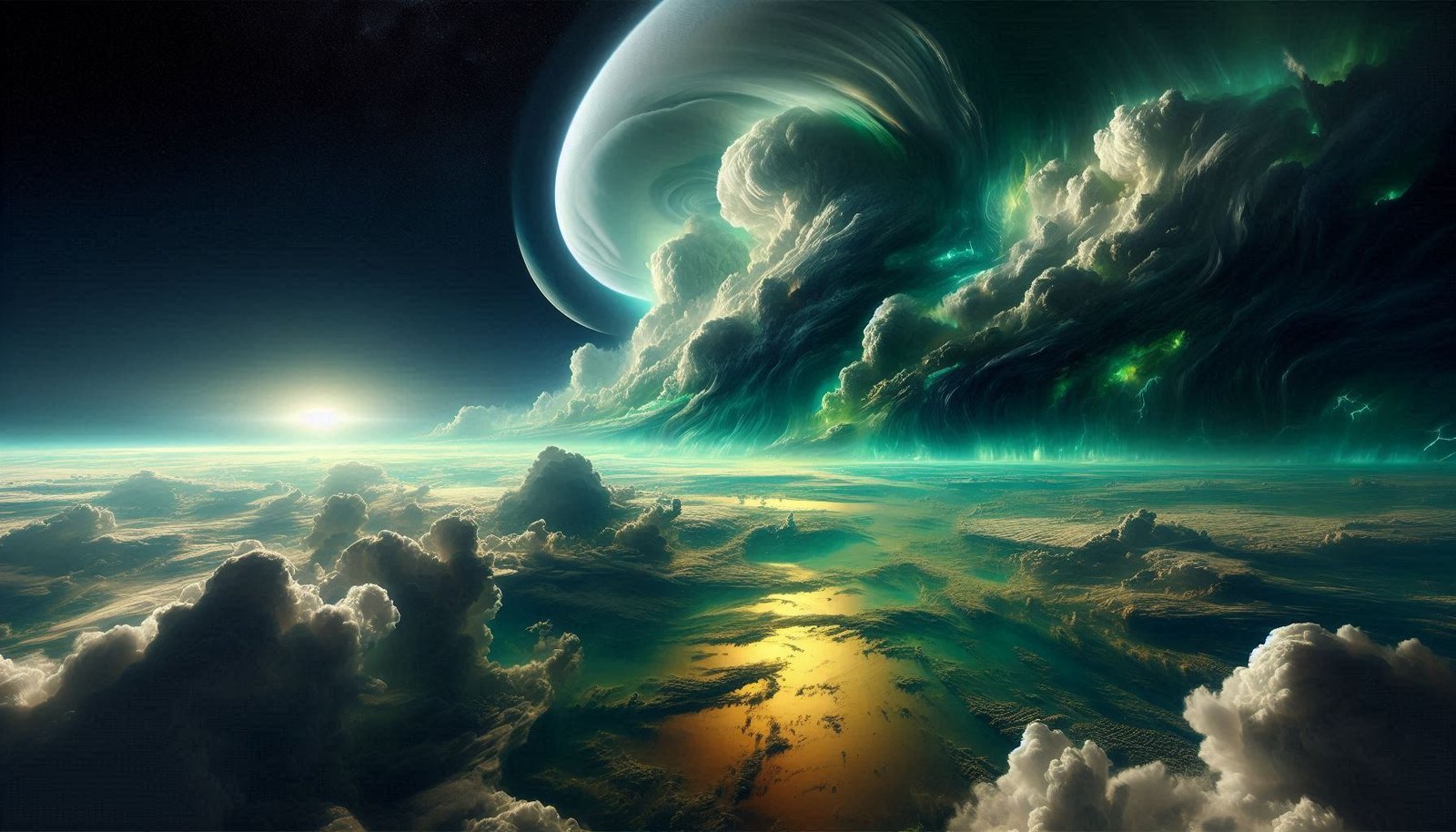
Ethereal
Waves

Niflheim
Distance
Too close to a star, and it will be too hot due to the high amount of energy received, as well as the potent greenhouse effect of water vapor. Additionally, solar winds and UV radiation can erode the atmosphere. Too far, and the light received will be too weak, temperatures won’t exceed 0 degrees Celsius, and the surface of your ocean will freeze. There is an intermediate zone, usually called the habitable zone, where temperatures would be perfect for maintaining liquid water.


Atmosphere
The atmosphere helps regulate temperatures and creates a greenhouse effect that keeps temperatures above freezing. Additionally, depending on its composition, it can interact with solar radiation to generate organic compounds necessary for life. Vital elements like nitrogen also tend to be widely available. However, for an ocean world, an atmosphere is not strictly necessary. And like all good things, if it comes in excess, it can be counterproductive, either by creating an overly intense greenhouse effect or by completely blocking sunlight.
Surface temperatures
Low temperatures will cause the ocean to freeze, but an ice crust provides protection against the absence of atmosphere, radiation, and meteorites. If surface temperatures are sufficient to maintain liquid water, interaction with an atmosphere can enrich the upper layer of the ocean with organic substances and nitrogen. However, excessively high temperatures could exceed the limits even for the most extremophilic microorganisms
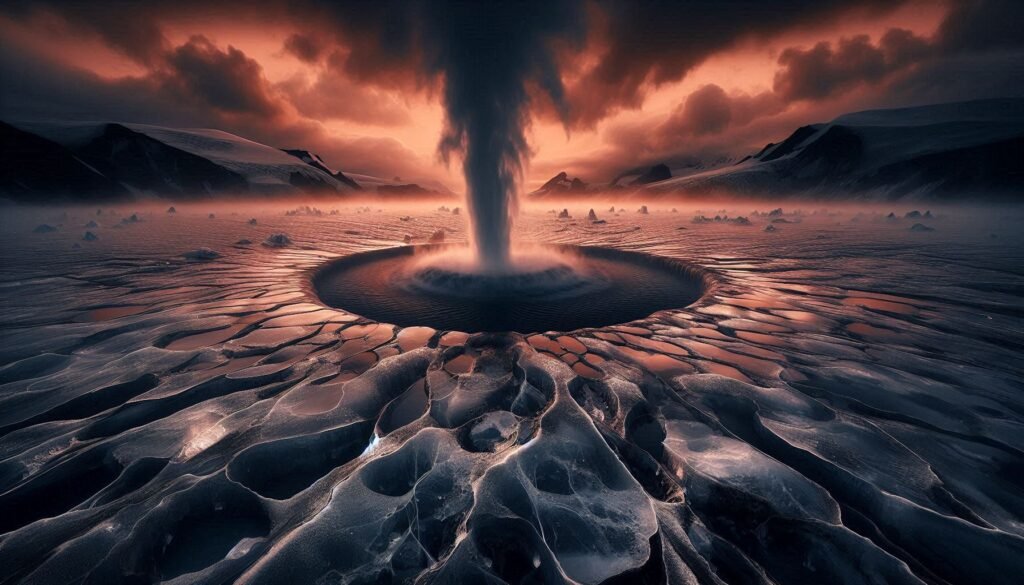
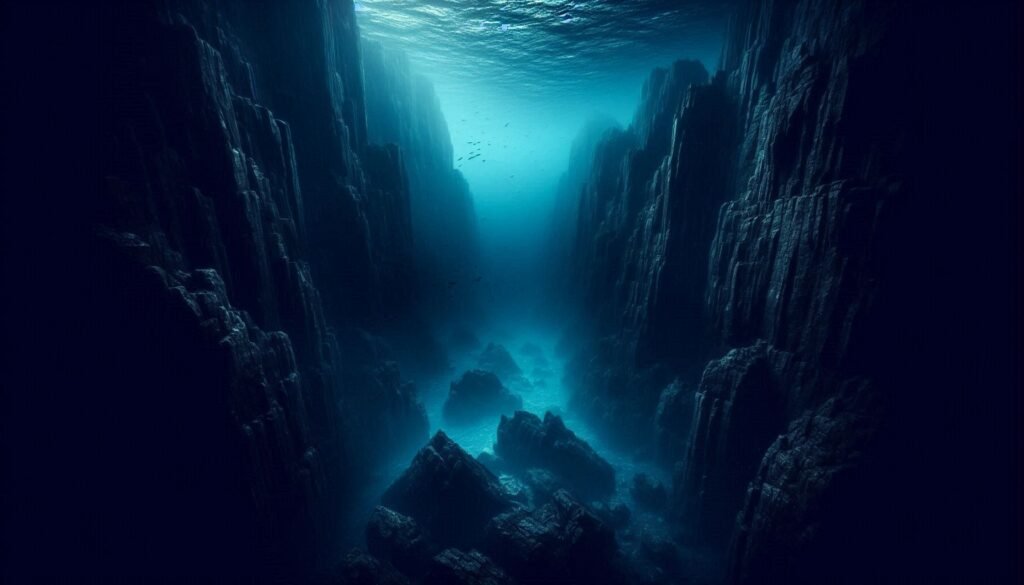
Oceans
If there is too much water, the minerals and organic compounds necessary for life could be too diluted, especially if the ocean surface is frozen and geological activity is low, because the ocean is completely isolated from the atmosphere and the crust. Additionally, at sufficient depths, the pressure can be so high that an exotic type of ice may form at the bottom. On the other hand, a very shallow ocean is more susceptible to complete freezing.
Geology
Volcanic activity, in the form of eruptions, fumaroles, and hydrothermal vents, provides heat, gases, and vital minerals such as CO2, CH4, H2, H2S, sulfur, phosphorus, and iron. Geothermal heat can create convection, ensuring the mixing of substances, and sufficient carbon dioxide and methane could sustain an atmosphere. However, the lack of internal heat and its related features is a death sentence for most ocean worlds.

Chemosynthesis
Chemosynthesis is crucial for biology because it allows organisms to produce organic compounds from inorganic substances without relying on sunlight. This process is vital in extreme environments where sunlight is unavailable, such as deep-sea hydrothermal vents, cold seeps, and underground caves. But also was important in the ancient Earth, over the period of time where life was thriving but photosynthesis was yet not developed.
- Sulfur Bacteria: These bacteria sulfur compounds like hydrogen sulfide, thiosulfates, and inorganic sulfur. They are commonly found in hydrothermal vents, hot springs, and cold seeps.
- Nitrogen Bacteria: This group includes nitrifying bacteria, denitrifying bacteria, and nitrogen-fixing bacteria. Nitrifying bacteria convert ammonia into nitrite and then into nitrate, while denitrifying bacteria reduce nitrate to nitrogen gas. These bacteria are often found in soil, freshwater, and marine environments.
- Methanogenic Bacteria: These bacteria produce methane by reducing carbon compounds and are typically found in anaerobic environments such as wetlands, the guts of ruminants, and deep-sea sediments.
- Hydrogen Bacteria: These bacteria oxidize hydrogen gas to obtain energy and are often found in environments where hydrogen is available, such as hydrothermal vents and certain types of hot springs.
- Iron Bacteria: These bacteria, such as Gallionella and Leptothrix, oxidize ferrous iron (Fe²⁺) to ferric iron (Fe³⁺), which can result in the formation of iron oxides. They are commonly found in freshwater and marine environments, as well as in groundwater and soil.
Generative AI for images and videos was crucial for providing media resources in this project, especially when our expertise in arts and graphic design is limited. It allows us to bring our visions to life by generating high-quality visuals that accurately represent our ideas. This technology bridges the gap between imagination and reality. Copilot for photorealistic images of ecosystems, Midjourney used on most planetary views from space, SkyBox AI for 3D and 360 views, Pika used to create animated videos and ImagineArt for videos.
We also use Blender and Sketchfab to create models of exoplanets.
Get in touch with the team behind Oceánides. Our team comprises Barbara de los Angeles Ortiz and Emanuel Silvestre Rebot. Together, we’ve united with a shared passion and a wealth of collective expertise to tackle the mysteries of ocean worlds and chemosynthetic biologies.
We decided to participate in NASA’s International Space Apps Challenge to contribute our skills and knowledge about exoplanet while inspiring others’ passion for the space and enjoy the process to create a ocean world by AI.

